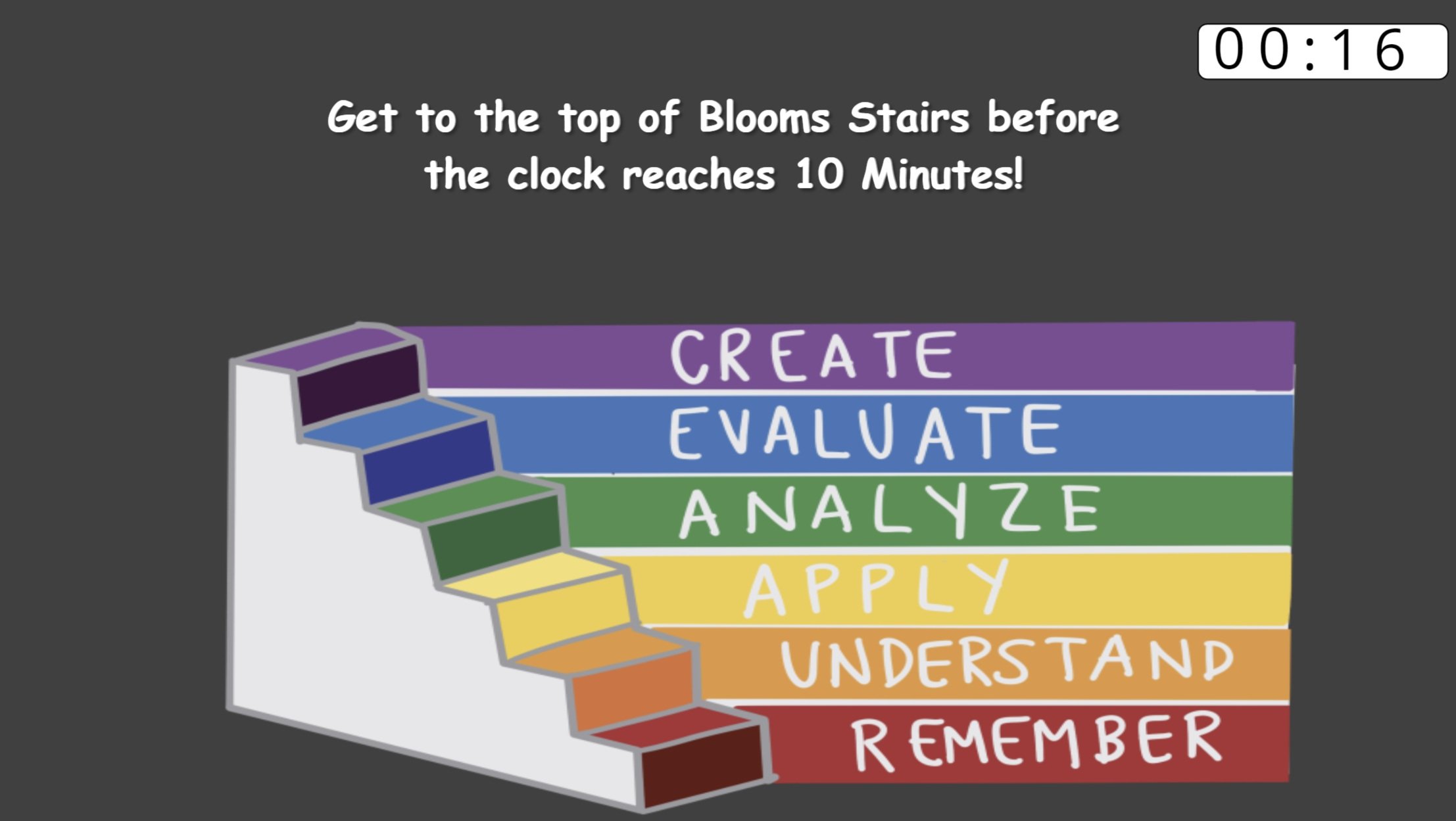Gamification
In 2024, I developed an engaging Faculty Training course for Northeastern State University Online, designed with multiple interactions and gamification to make the learning experience both dynamic and informative. This training utilized audio and video editing, graphic design, and thorough storyboarding to create a seamless flow of content. The interactive elements and gamified approach kept faculty engaged, making the material not just educational but enjoyable. The client praised the course, saying, "The gamification in this course makes learning the material exciting and informative."
This project showcased my ability to combine technology and creativity to enhance the learning process.
In developing the faculty training course, I integrated Universal Design for Learning (UDL), Chickering's Seven Principles for Good Practice in Undergraduate Education, and Quality Matters (QM) standards to create an inclusive, engaging, and pedagogically sound experience. The combination of these frameworks and gamification resulted in a well-rounded course that supported best practices in teaching, accessibility, and student engagement.
The Bloom’s Taxonomy Stairs Game
Designed to help learners engage with the levels of Bloom’s Taxonomy in a fun and interactive way while reinforcing their understanding of each stage of cognitive learning.
In the game, learners progress through different "stairs," each representing a level of Bloom’s Taxonomy, from Remembering to Creating. At each level, they encounter challenges or activities corresponding to that stage.
The Assessments Game
Is an interactive, educational activity designed to help learners understand and classify assessments according to Bloom's Taxonomy and the type of assessment (formative or summative).
In the game, learners are presented with a series of assessments (e.g., quizzes, essays, projects) and are tasked with organizing them into different categories based on the corresponding Bloom's Taxonomy levels—such as Remember, Understand, Apply, Analyze, Evaluate, and Create—and whether the assessment is intended to be formative or summative.
The Rubric Game
Is an engaging drag-and-drop activity where learners build their own grading rubric by selecting the appropriate criteria and assigning point values.
In this game, learners are provided with different components of a rubric, such as criteria, performance levels, and descriptions for each level. Their task is to correctly arrange and pair these pieces to form a complete rubric for a given assignment or project. For example, they must decide which performance descriptors (e.g., “Excellent,” “Good,” “Needs Improvement”) match with each criterion (e.g., Clarity of Writing, Depth of Research, Creativity) and assign corresponding point values.



